Nasal Valve Collapse: An Often Overlooked Cause of Breathing Difficulties

When you think of nasal obstruction, conditions like a deviated septum or enlarged turbinates may come to mind. However, did you know that one of the most overlooked and often misdiagnosed causes of chronic nasal blockage is nasal valve collapse? At AOO | ENT Specialists of the Rockies, our team of skilled physicians helps patients uncover the real reasons behind their breathing difficulties, including this commonly missed condition.
What Is Nasal Valve Collapse?
Nasal valve collapse, also called nasal valve stenosis or nasal vestibular stenosis, refers to a narrowing or weakening in the front part of the nasal airway. This area includes both the external nasal valve (the outer part of the nostrils) and the internal nasal valve, which lies between the septum and the side wall of the nose. When either area becomes too narrow or collapses inward during breathing, airflow becomes restricted. This condition can be congenital (present from birth), related to trauma or scarring, or even cleft lip/palate deformities.

Signs You May Have Nasal Valve Collapse
Because the symptoms can mimic other nasal airway issues, nasal valve collapse may be missed. However, there are a few telltale signs:
- Your breathing worsens with deep inhalation during activity or at night.
- You feel better when you pull the skin next to your nostril outward.
- You rely on nasal strips or internal nasal dilators to breathe more easily.
During a physical exam, one of our skilled physicians may perform the Cottle maneuver, which is a simple test where the cheek is gently pulled to the side, opening up the nostril, to see if breathing improves. If so, nasal valve collapse may be the culprit.
How Is Nasal Valve Collapse Diagnosed?
Diagnosis is primarily done through a careful physical exam, where a doctor evaluates the nostrils, septum, and sidewall structure while you breathe. Photos may be used to document collapse, and in cases involving the internal nasal valve, a nasal endoscopy may be performed to visualize the inside of your nose and better understand the extent of the issue.
What Are the Treatment Options?
At AOO | ENT Specialists of the Rockies, treatment is highly individualized based on whether you’re dealing with narrowing (stenosis) or actual collapse and which part of the nasal valve is affected.
Non-Surgical Options
For patients who prefer or require a non-surgical approach, several effective, minimally invasive treatments are available. VivAer® radiofrequency treatment is a popular option that uses controlled RF energy to gently reshape and tighten the tissues inside the nose, improving airflow. Another innovative solution is the Latera® implant, a dissolvable device placed inside the lateral nasal wall to support and prevent collapse from within without the need for traditional surgery. In some cases, especially for older patients or those not suited for invasive procedures, internal nasal dilators or stents may be recommended to help keep the airway open during breathing.
Surgical Options
When more robust support is needed, surgical intervention may be the most effective path. This often involves placing structural grafts, such as spreader grafts or alar batten grafts, to reinforce weak or narrowed areas of the nasal anatomy and open up the airway. For those with external valve collapse, functional rhinoplasty may be performed to reshape and stabilize the nostrils. This procedure is frequently combined with septoplasty or turbinate reduction to comprehensively address all aspects of nasal obstruction and optimize breathing outcomes.
What to Expect After Treatment
Recovery varies based on the treatment selected:
- Minimally invasive procedures like VivAer or Latera involve little downtime; most patients return to daily activities within a few days.
- Surgical procedures may require a few days off work or school, with a gradual return to full activity over 1–2 weeks. Full healing and optimal breathing benefits can take several weeks to months.
Most importantly, patients report significant and lasting improvement in nasal airflow and quality of life after treatment.
A Personalized Approach to Better Breathing
One of the biggest challenges in treating nasal valve collapse is that nasal breathing is highly subjective. Two people may have similar nasal anatomy but feel very differently about their airflow. That’s why at AOO | ENT Specialists of the Rockies, our team takes a personalized, compassionate approach to every case, ensuring that your symptoms, goals, and lifestyle are part of the treatment plan.
Schedule a Consultation to Breathe Better
If you’ve been struggling with nasal obstruction or relying on nasal strips just to sleep, it may be time to explore whether nasal valve collapse is the issue. Serving Denver, Lone Tree, and Castle Rock, the expert team at AOO | ENT Specialists of the Rockies is here to help you find real, lasting relief.
Schedule your consultation today and take the first step toward breathing freely again.
Christopher R. Cote, M.D.
With more than 25 years experience,Dr. Christopher Cote is double-board-certified by the American Board of Otolaryngology and the American Board of Facial and Reconstructive Surgery. He received his medical degree from Tufts University and performed a surgical internship and residency at Walter Reed Medical Center and National Naval Medical Center. He received fellowship training at Johns Hopkins University in Facial Plastic And Reconstructive Surgery, his subspecialty area of expertise and focus, including rhinoplasty and nasal airway surgery. He also enjoys hiking, skiing, and traveling with his family.





